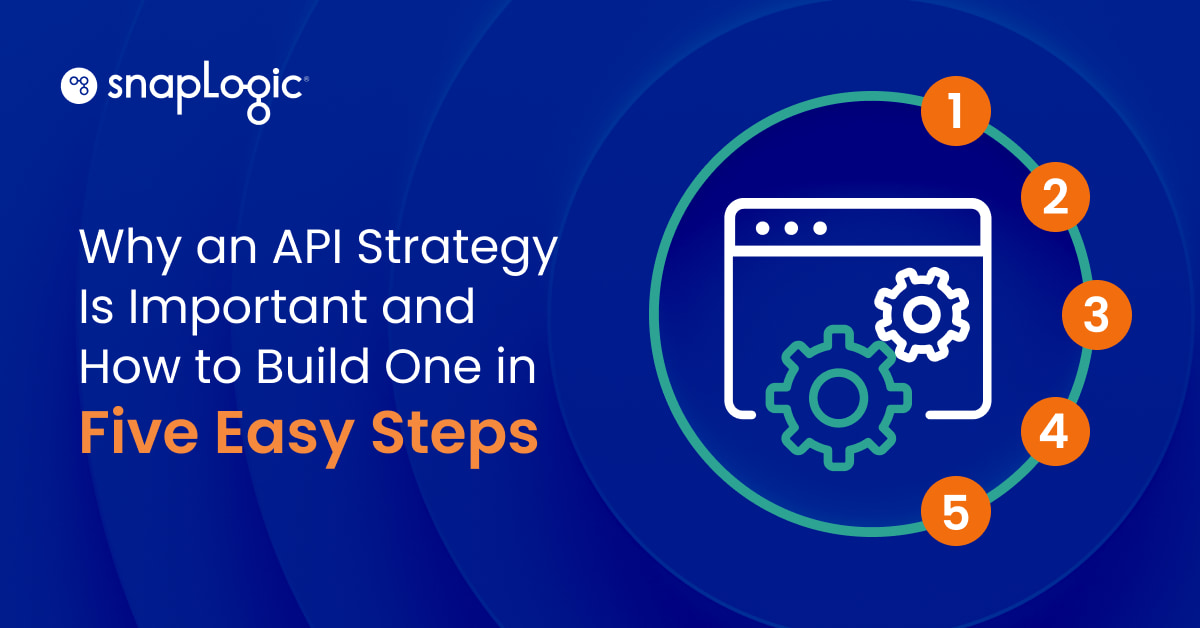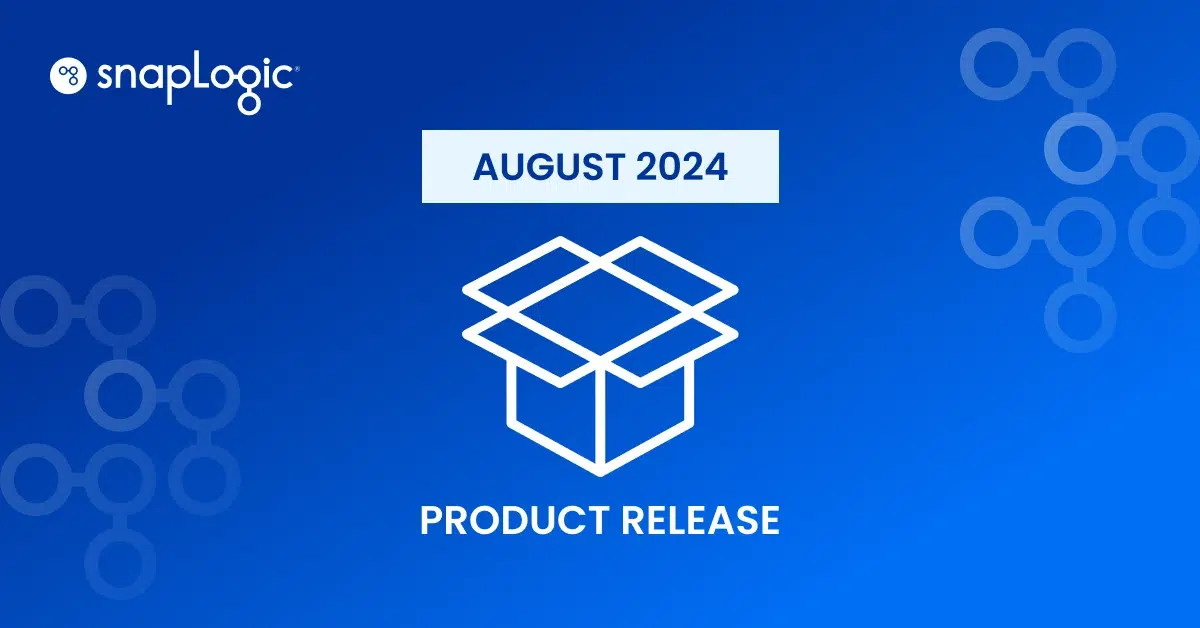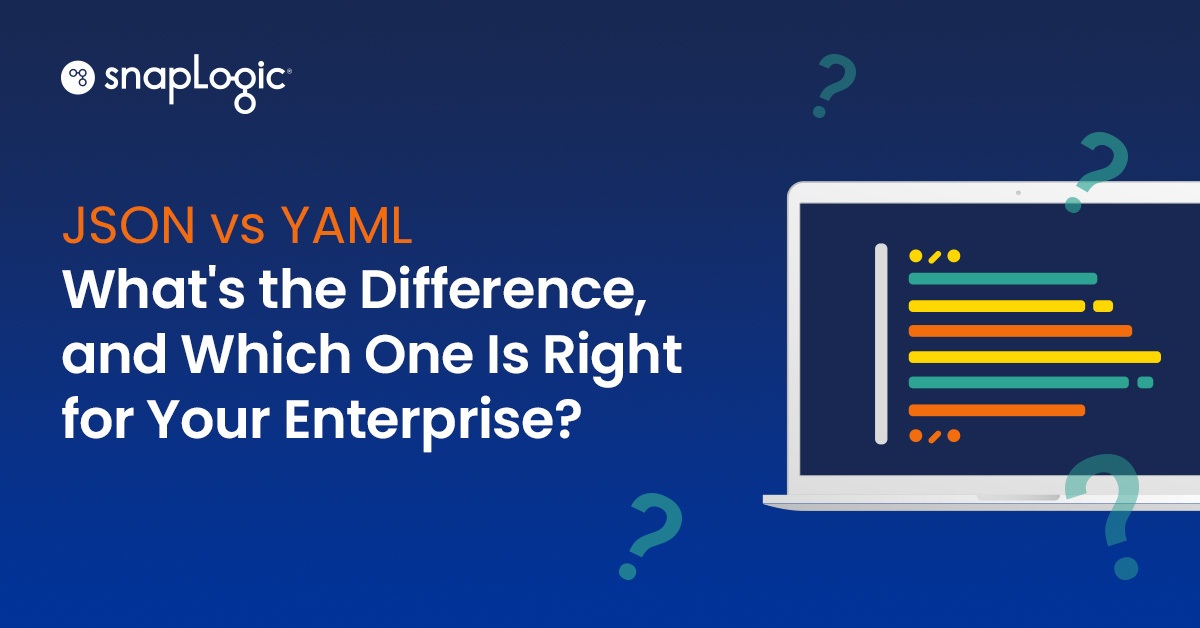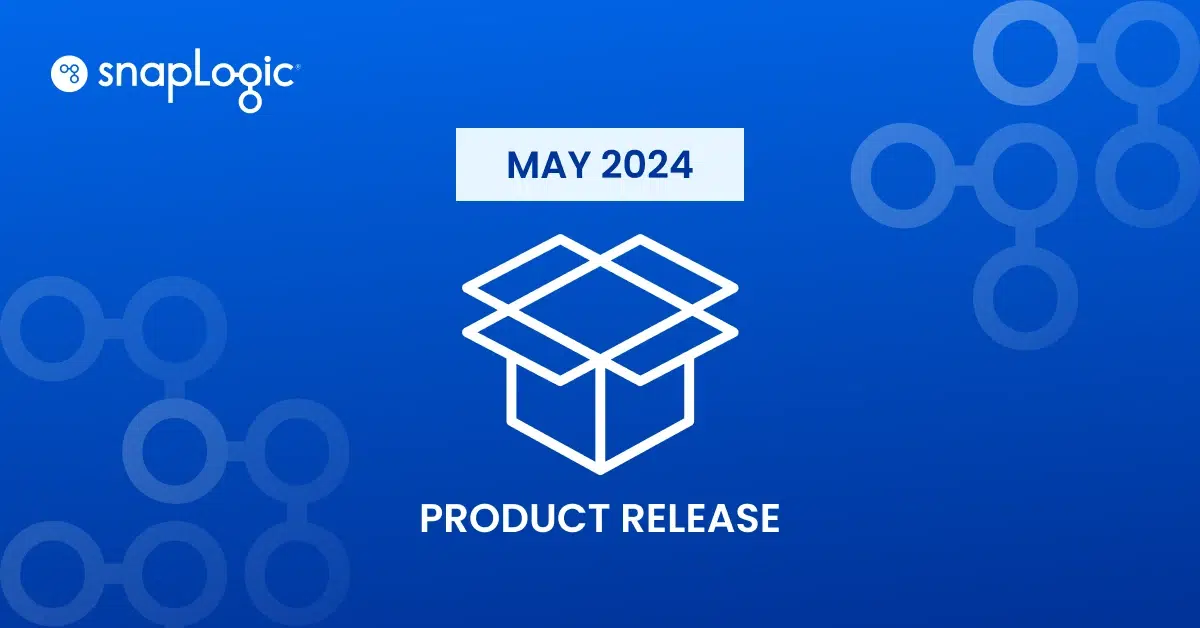Imagine an airline refusing to make its flight schedules and pricing data available to third-party travel sites – an otherwise common practice in the digital travel ecosystem made possible by a solid API strategy.
Needless to say, such an airline wouldn’t survive.
When consumers search for flights on popular sites like Travelocity, Expedia, Google, and Kayak, an airline without an API strategy won’t appear in the search results, which would cost the airline hundreds of thousands of dollars in missed revenue.
This example is just one of many that shows why companies need to have an API strategy and embrace digital ecosystems.
A solid API strategy can translate into increased revenue, agility, adaptability, and innovation. Building one is key to building a digital economy around your API.
What Is an API Strategy? (+ Why You Should Have One)
An API strategy outlines what your API is designed to do, who’s going to consume it, and how it helps you achieve your business goals.
It is also key to informed decision-making. Connected enterprises have an end-to-end view of their operations, which is crucial for making the right decisions for a profitable outcome. When all apps and systems are integrated, organizations can uncover productivity and efficiency roadblocks and solve them.
The Creation of a Digital Economy
APIs make modern digital ecosystems possible. APIs are microservices, or building blocks, that lessen the problem of data silos by enabling you to create reusable integration workflows for your applications and data internally. They also help create new products, better customer experiences, and more effective partner relationships by letting you share relevant data externally. What’s more, APIs give developers both in and outside your organization a way to come up with new product and service innovations that, by drawing upon your proprietary data, can generate new business for you.
An API strategy essentially allows you to prepare your API for greater adoption and plan strategic partnerships that can increase your market reach and revenue.
To that end, it’s not enough to just have an API strategy, which is why the industry is now embracing an API-first strategy.
What Is an API-First Strategy?
Traditionally, developers add APIs on top of an existing platform. This process helps with automation and integration with other services to a certain extent but doesn’t allow access to all of the underlying functionality.
An API-first strategy means adopting a product-centric approach to building APIs, one in which everything you build is developed based on how your APIs will be consumed.
So instead of looking at them as just integrations that live to connect systems, API-first developers view them as discrete products. This approach requires planning and strategizing from the beginning and not treating APIs as an afterthought.
The goal of becoming API-first is to create modular, accessible, and reusable APIs that form an API platform that developers (even external ones) can use to create new products and enable microservices.
However, it’s important to note that API-first doesn’t have a universal definition. Postman’s State of the API Report in 2022 found that most of the industry defines API-first like this:
“defining and designing APIs and underlying schema before developing dependent APIs, applications, or integrations.”
Another definition of API-first is:
“developing APIs before developing applications or integrations dependent on APIs.”
Should You Build an API-First Strategy?
Taking the API-first route has many advantages.
Postman’s report revealed that 82% of developers at API-first companies launch new products faster and 83% create better software.
Since going API-first results in a set of modular APIs, developers can easily reuse components and combine them with APIs of pre-built microservices. API building is also sped up due to better end-to-end automation, and if additional features need to be added, developers don’t have to redesign API architecture.
Eighty-nine percent of respondents also find that it’s easier for developers to integrate with partners when they are API-first because of how well-designed and documented the APIs are.
A vast majority of API consumers are developers, so developer experience (DX) can aid or hinder the success of your APIs. Being API-first results in consistent APIs, which means it’s easier to troubleshoot and onboard new developers.
Data from Postman backs this up. At least 75% of participants reported that developers at API-first companies were more productive and happy.
How Do You Write an API Strategy?
Your API strategy should at least include the following five broad steps. Consider these steps the secret to your API success.
1. Define Small, Attainable Goals
Typically, you’ll want to set a goal that doesn’t explicitly deal with data and then work backward from there.
Such goals might include creating a new revenue channel or new products or removing IT bottlenecks.
In the airline example, the airline’s goal is to increase booking revenue by adding partners to its business model and business strategy. To achieve that goal, it must publish public APIs for third-party travel booking sites to consume.
Once you’ve established a clear business goal, the next step is to build out an API program with business use cases and figure out which data you need to share to achieve that goal.
The airline, for example, would want approved partner websites to consume APIs, granting real-time access to flight schedules and pricing data from specific back-end applications and databases.
2. Understand Your IT Environment
Your company’s data architecture will dictate how you implement and share your APIs with the developer community.
For instance, you need to figure out where the data you’re trying to integrate resides.
- Is it housed in an enterprise resource planning (ERP) system, a customer relationship management (CRM) application, a human capital management (HCM) solution, a cloud data warehouse, or somewhere else?
- Will you be pulling data from multiple sources?
- Is your data hosted on-premises, in the cloud, or both?
- What securities and policies will you need to implement to give various stakeholders access to the data from these applications?
- Will your organization create more public APIs?
These are the kinds of questions you need to answer.
Business and IT teams must work closely together to successfully deploy and maintain the APIs within your company’s data architecture. IT can help business teams navigate this data architecture to reach their goals with APIs.
What’s more, if you adopt a multi-point integration platform as a service (iPaaS) that supports hybrid integrations across cloud and on-premises endpoints, it will make this part of your API strategy decidedly easier.
3. Run a Pilot API Project First
Start with a small, low-stakes API project before publishing an API for the whole world to use.
Define the use case and create an execution plan, so you can measure the success of the API project. API design through experimentation is key in these early stages. As you build your APIs, create API documentation, so other API developers can get the most out of these APIs. You need to see what’s working and what’s not, uncover potential vulnerabilities in your integrations, and identify ways to drive adoption for your API when it goes live.
In the airline example, before publishing an API that gives partners access to scheduling and pricing data, an airline would publish a beta version of the API to a few developers internally. These developers might test the API by creating business intelligence (BI) dashboards that reveal buying trends month over month.
Once the API meets the objectives for which it was constructed and passes all the security tests, the airline can start rolling it out to a broader audience internally, with the eventual goal of publishing it for external consumption by turning it into a public API. In using this API, the airline and its partners optimize the user experience for both employees and customers.
This is where your digital ecosystem can really start taking off.
4. Roll Out Your API to a Broader Audience Incrementally
Once your API performs well for the few developers in the pilot program, you should then make it available to an entire department. In the airline example, developers might make ready-to-use APIs available to the BI team to track and measure their flight bookings.
And once the API provides measurable value for that department, other departments can start leveraging it to unlock value in their data. As API adoption grows and spans the enterprise, start taking steps to increase your API economy by creating API-led digital experiences for your customers and partners.
When you’ve forged all of these reusable integrations that unite internal stakeholders, partners, and customers, then you’ll have built a rich digital ecosystem.
5. Manage Your APIs
Since APIs are intrinsically linked to application and data integration, the best approach to managing them is to leverage an iPaaS with API management capabilities contained in the same platform.
Such a solution serves as an API management platform that allows you to manage the full API lifecycle: to plan, design, secure, implement, test, publish, operate, maintain, version, and, ultimately, retire your APIs with greater success.
The ability to do API version control, for example, is important because it prevents service disruptions for developers, partners, and customers due to version incompatibility. API monitoring, another feature of an API management solution, is also critical because it allows you to track API usage trends – information that can inform new revenue-generating API initiatives and API roadmaps. API monitoring can also give you the ability to track abnormal traffic, i.e. potential hacks or misuse of your APIs. The ability to secure your APIs with request size limits and authentication policies on who can use your APIs are also an important part of an API management platform.
Example API Strategy Roadmap You Can Use
As an example, let’s say ACME, Inc. will be building an API strategy and wants to build a roadmap of objects. The below can be used as an effective API strategy roadmap template.
The ACME API strategy roadmap has the following key objectives:
- Provide easy and secure access to ACME’s data and functionality for third-party developers.
- Enable developers to build new applications and services on top of ACME’s existing systems.
- Increase engagement and retention of ACME’s customer base by providing new, value-added services through the use of APIs.
- Create new revenue streams by allowing developers to pay for access to ACME’s APIs.
To achieve these objectives, ACME will implement the following API strategy:
- Develop a set of APIs that provide access to ACME’s core data and functionality, including customer information, product catalogs, and order management.
- Implement robust security measures to protect ACME’s data and ensure that only authorized developers have access to the APIs.
- Provide comprehensive documentation and support for developers using ACME’s APIs, including sample code and tutorials.
- Monitor the usage of ACME’s APIs and regularly gather feedback from developers to improve the APIs and add new features.
- Implement a pricing model for access to ACME’s APIs, allowing developers to pay for access based on their usage and needs.
This API strategy will enable ACME to leverage its data and functionality to drive innovation and growth while providing value to developers and creating new revenue streams for the company.
Overcoming the Challenges of Building an API Strategy
Sixty-six percent of participants in Postman’s report ranked themselves five or higher out of ten on the API-first scale.
But while API-first companies are slowly becoming the norm, creating an API strategy in the first place is still a roadblock for others. Deciding which APIs to build, how to structure teams, and metrics for success require a whole lot of planning and strategizing, investment from the C-suite, and a mindset shift to focus on the value that APIs can unlock.
The biggest challenge, however, is integrating and managing APIs effectively. The SnapLogic Intelligent Integration Platform, together with SnapLogic API Management, provides a joint API integration and API management solution in one platform.
Get a custom demo to see for yourself.
Frequently Asked Questions
What Does an API Mean?
An application programming interface (API) is a set of rules and protocols that allows different software applications to communicate with each other. An API defines the way that different components of a system interact with each other, allowing developers to build new features and functionality on top of existing systems.
What Are APIs Used For?
APIs can be used to share data and functionality between different applications and platforms. For example, a social media platform might use an API to allow third-party developers to create apps that integrate with the platform, such as apps that allow users to schedule posts or track their followers.
How Are APIs Implemented?
APIs are typically implemented using a web service, which is a program that allows different systems to communicate over the internet. Web services use standard protocols such as HTTP or HTTPS to exchange data between different applications.








